Gustavo Vélez: El Ritmo de la Línea reunites some of the most significative pieces concealing Vélez’s artistic metamorphosis from figurative to figurative abstraction. The assembly of these sculptures reveals three key words in order to deeply understand the Columbian sculptor. Harmony, fluidity and rhytm, characteristics that we notice particularly in the lines of his works.
"My sculptures are made of well-balanced, smooth lines, they softly let themselves into space, without disruptions. They are lines that tend to infinity. The mirror-like surfaces of my steel sculptures are intentionally made to show what is around: the sky, the lawns, water. Through my works, I can express a harmonious and romantic feeling that I try to convey to those who look at them"
Entwining elegant lines, the thin, light sculptures depict Velez’s particular way of creating tri-dimensional shapes. From every angle, their forms are seamless and lined, dynamic; their shapes change when light changes, giving the spectator an infinite, pleasant possibility of viewing the pieces.
-
Gustavo Vélez, Tercera Parte, 2017
-
“My works have movement, they look for a strong harmony in each of the lines that shape it. The works have depth, which blends with the subtle air. A clear harmony, where two movements meet, this is figurative abstraction.”
- Gustavo Vélez
-
-
One of the most prominent artists from Medellin, Columbia, Gustavo Vélez sculptural process is the result of the figurative artist’s interpretation, abstracted from the reality of our world. Vélez started acquiring knowledge on the arts in his hometown, then moved to Italy and continued his studies in the Lorenzo De Medici academy of Florence, Italy. He developed, experimented, and mastered his techniques of marble carving in his studio in Pietrasanta, Italy.
-
Vélez’s bronze and steel polished sculptures add an element that marble seldom exhibits, Reflection. If we are content to examine it as an abstract form, we can observe that in spite of the hardness of metal, the work seems to possess the fluidity of liquids and that we (the viewers) contribute to its movement. Vélez’s works have the precision of poetry as well as its openness.
-
"When I am in my studio in Colombia, I work the steel to make some of my monumental works. I am one of the first artists to have used such material in very large works. The procedure is completely different from working with marble. It is not a very pliable material, it is about placing steel blades next to each other and then polishing them to rub off any joint"
- Gustavo Vélez
-
-
-

Gustavo Vélez, Entre cubos, 2018
-
Three dimensionality is the basis of sculpture, and Gustavo Vélez remarks upon it. His uninterrupted shapes can be observed from any angle and the movement of their continuous lines change from light to dark, depending on light itself. In this case, that bent for the pure, perfectly polished forms is the result of working so hard on the surface as to turn it from dull into glossy, and it is at that point that the work achieves those sleek lines that so often recur in the sculptor’s works. However, as he never wants to stop experimenting with ever-new materials, Vélez even ventured into trying a new alloy that gives life to bronze, a material that, with its sidereal reflections, is redolent of the modern coldness of steel.
-

Gustavo Vélez, Rítmica III , 2019
-
Gustavo Vélez is well aware of the paths to sculpting when he engages materials in order to shape his works. For the last twenty years, Vélez has been committed to complex abstract forms in different media. Distinguishing features of the environment, multiple states of mind, psychological enigmas, pure evolving geometries, and alternate combinations of feelings: these are all sources of inspiration for Vélez, who translates them into abstract creations that help us investigate universal paradigms. His quest for form in matter is akin to the way a poet fashions meaning from the blooming, buzzing confusion of language. Although Vélez works with different materials, he takes special pleasure in sculpting marble.
“The medium I most appreciate and the one with which I coexist from day to day is marble. That is why seventeen years ago, I headed to Pietrasanta after completing my training in Florence. I am passionate about sculpting marble, about extracting that lie within it.”
-

Gustavo Vélez, Profundidad, 2019
-
“After learning about all materials, finding marble is a unique experience for a sculptor. It is a challenge, the greatest technical expression. I look at the block, I feel like taking out all that is inside it, throwing the rest away and capturing the basic, harmonious lines that are hidden into this material.”
- Gustavo Vélez
-
While Vélez’s creations — timeless evocations rendered in marble, bronze, and steel — do not reference realistic figures or objects, in more intrinsic ways they allude to subtle elements of nature. The flight of birds, a column of air, a flame from a primordial fire, a thin leaf tendril arching to the sun, perhaps even a sub-atomic nanoparticle or a sound wave observed and captured scientifically from the chords of a musical performance — these associations are all invoked by the sculptor’s artworks. Light also contributes an energy to Vélez’s compositions torqueing into space, especially the artist’s stainless steel works, where nuanced rays and reflected beams bounce off sinuous spirals of steel to project upon surrounding walls, adding a note of the infinite, spiritual, and divine.
-
-
-
"When being in front of a Gustavo Vélez´s sculpture, we need to continuously move from one meaning to another, to rotate around it and become aware of the multiple possibility of interpretation or just let ourselves be guided by lines and follow them in their tridimensional path, and follow its aesthetics suggestion and let ourselves... It comes to my mind to use a word that sounds the same in Spanish and Italian: 'incantare' (be captivated)"
- Valentina Fogher, Exhibit Consultant Pietrasanta, Italy
-
Whether in marble, bronze, or steel, Gustavo Vélez’s sculptural works are a poetic exploration of space, matter, movement and form. Depending on what thematic choice he has made, he reaches for a diverse repertoire of material properties that may emphasize translucency, reflectivity, roughness, smoothness, and materiality. Put differently, Vélez goes beyond geometry and its relationships to virtually join the sky and the earth. While marble generates a sense of loftiness and refinement, bronze and steel are more in contact with the surrounding environment. Light is indeed a variable factor that contributes to changing the viewer’s perception of his works.
-
-
-
Group of Sculptures
-
To enquire any of the art works present in the online exhibition
-

Gustavo Vélez
Artist's Page

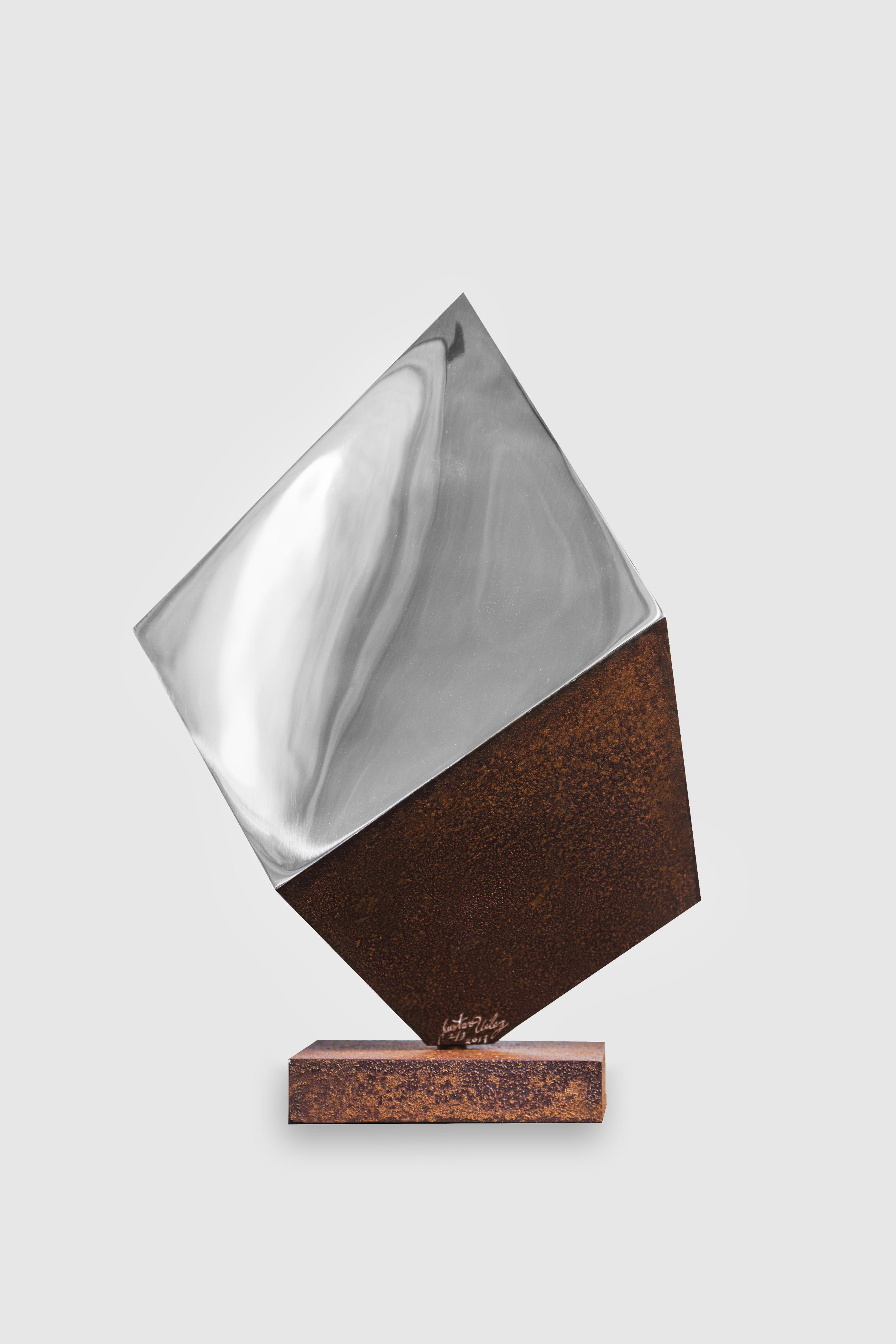
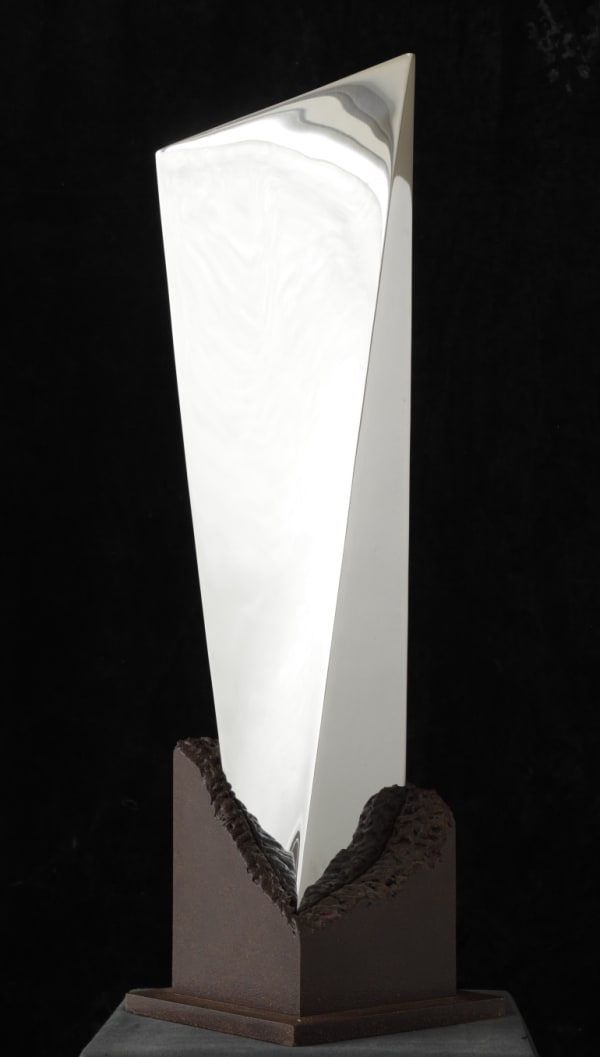

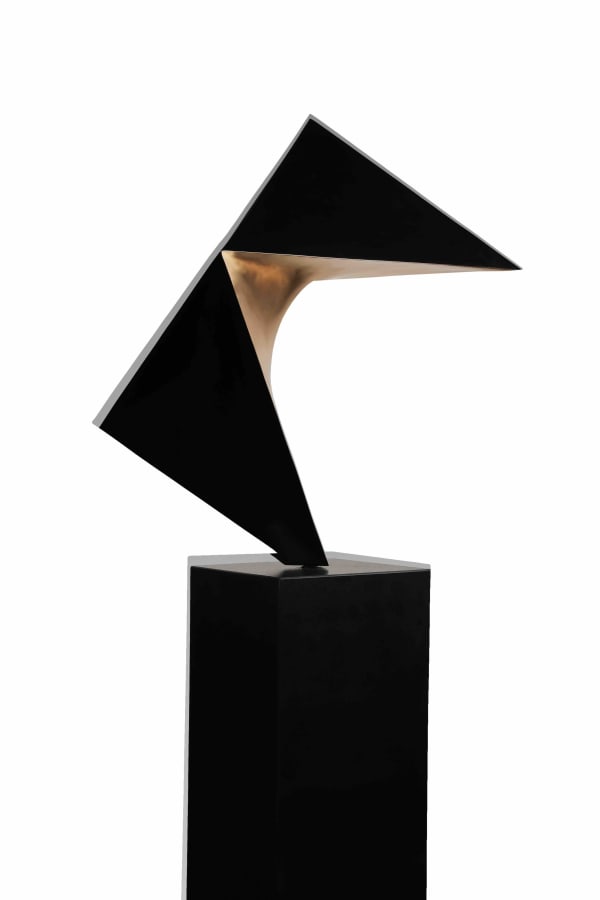







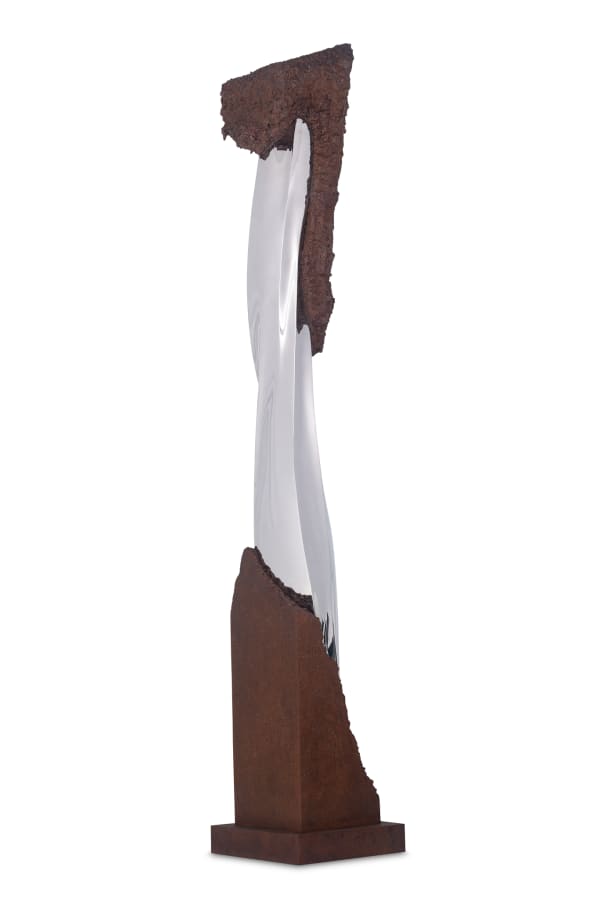
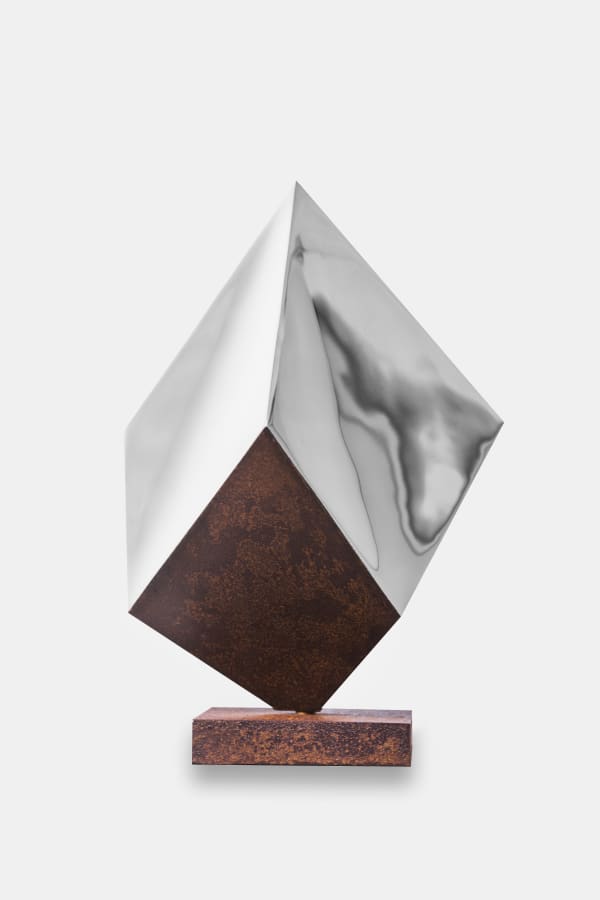
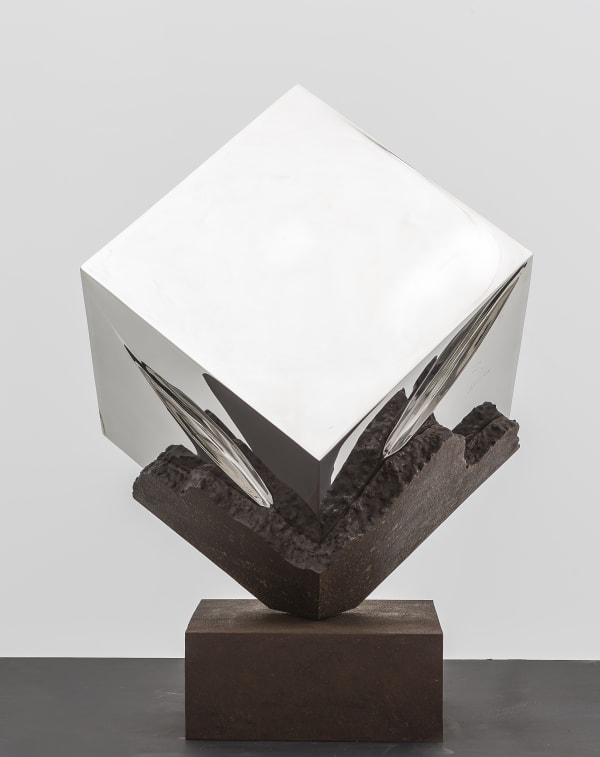

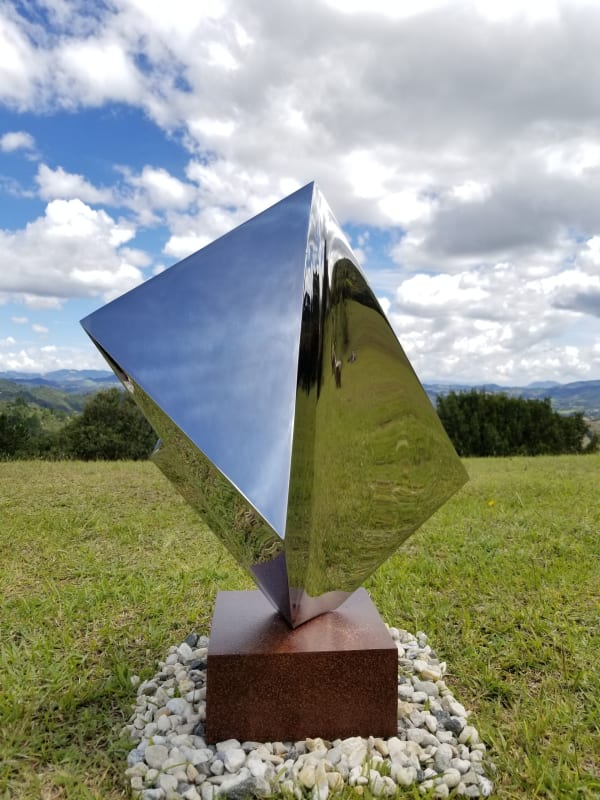
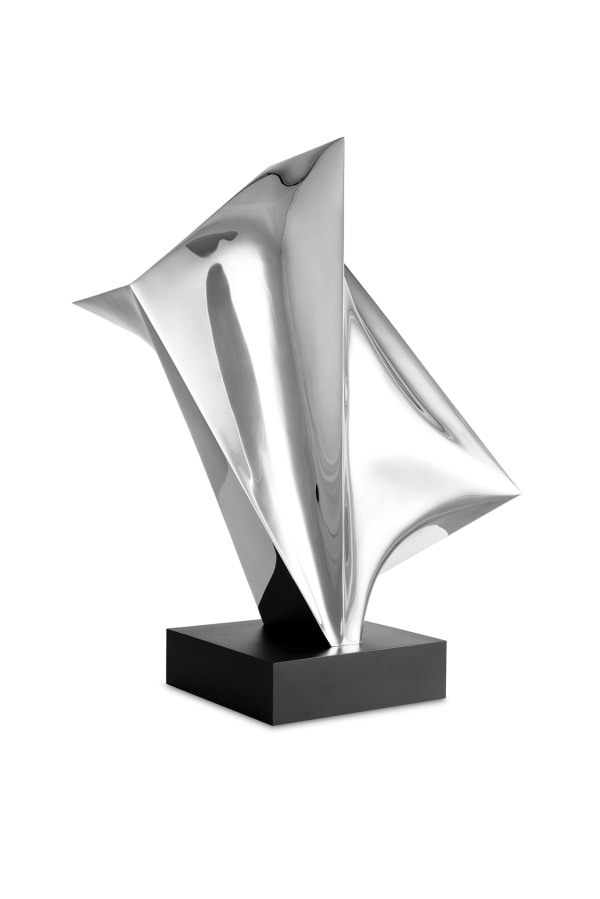
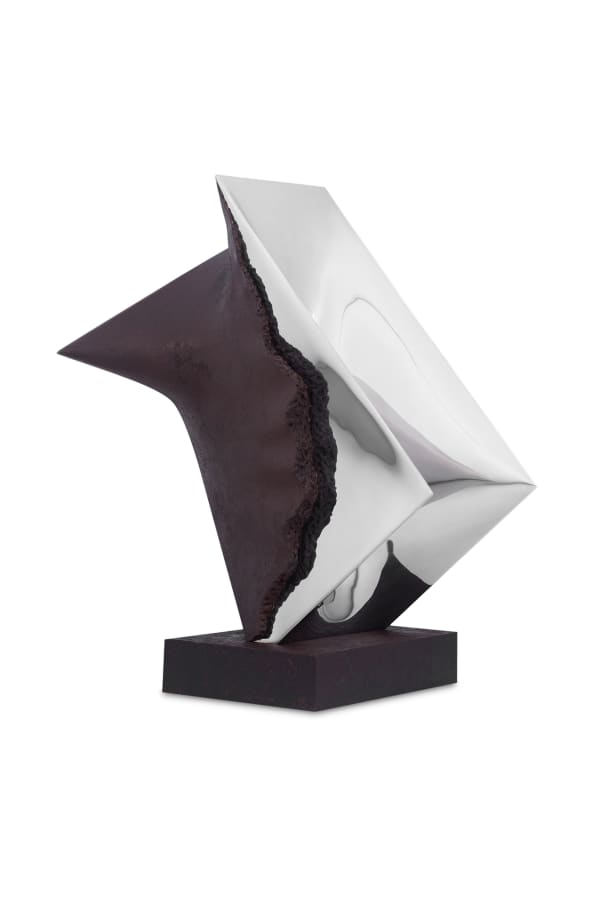
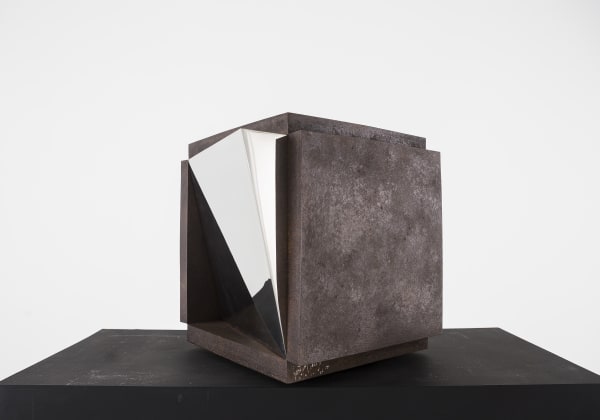

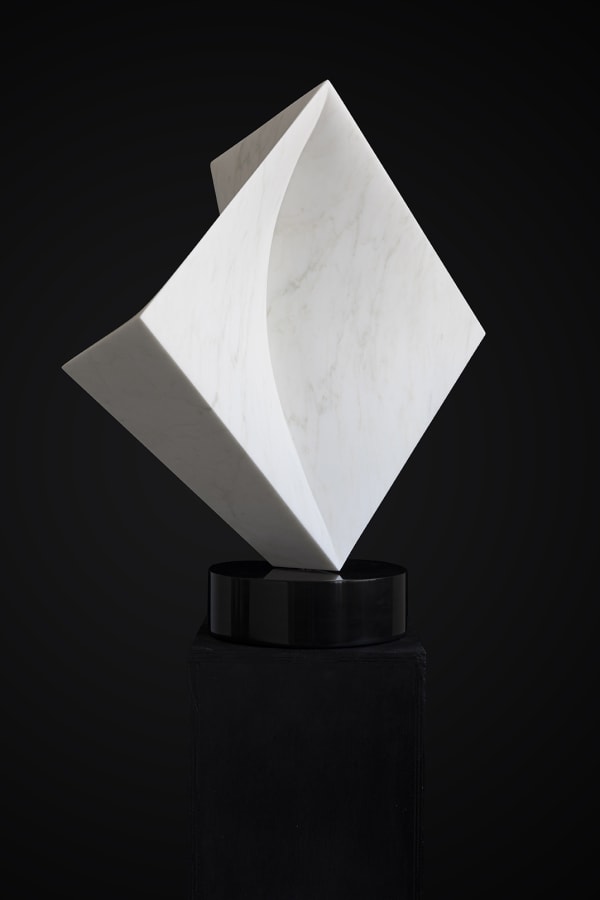

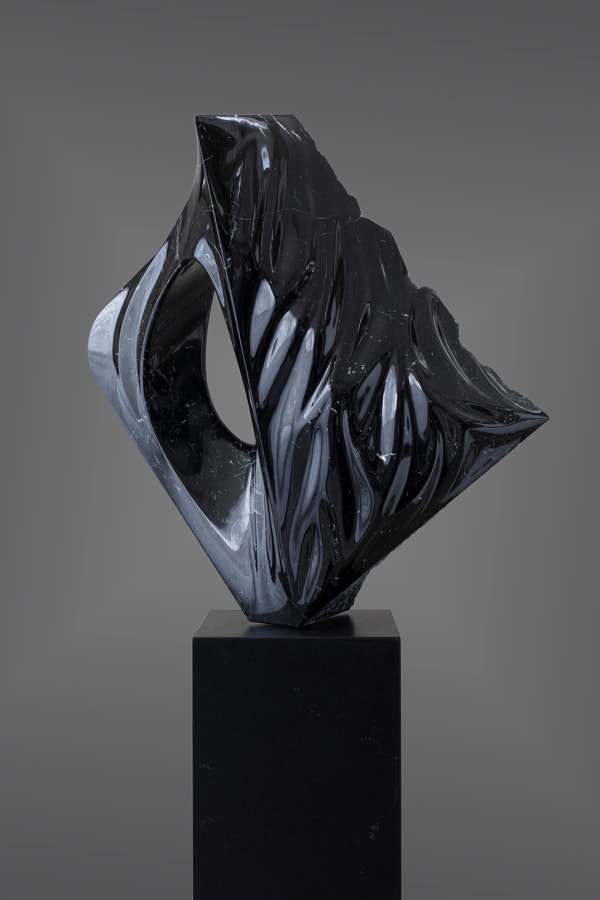


 W: +39 3357055914
W: +39 3357055914